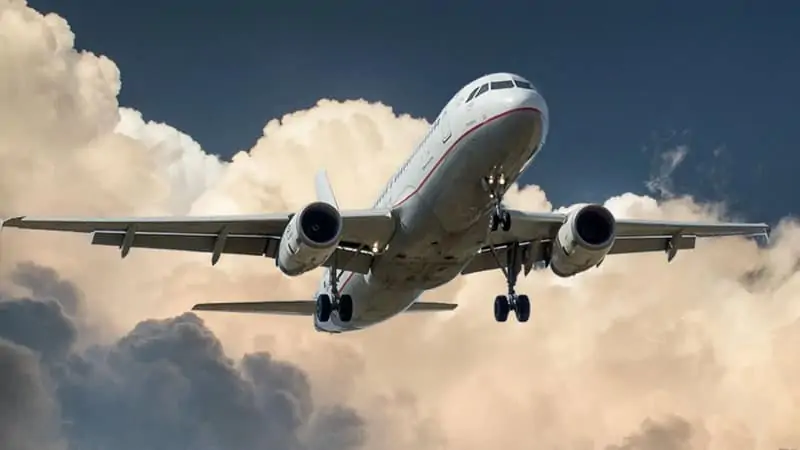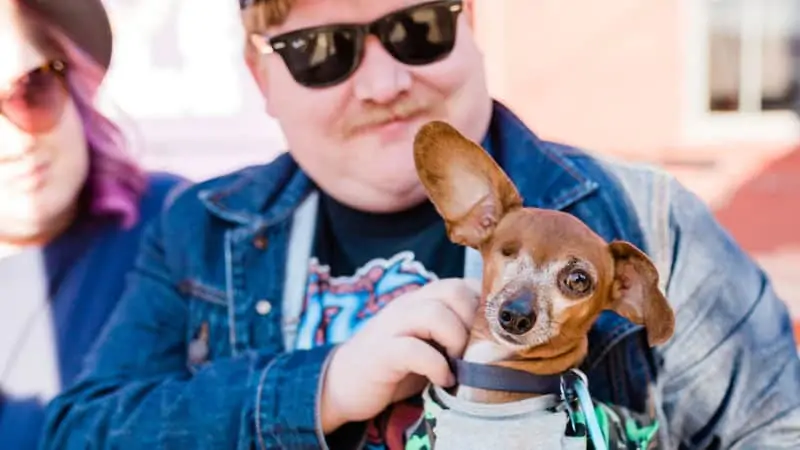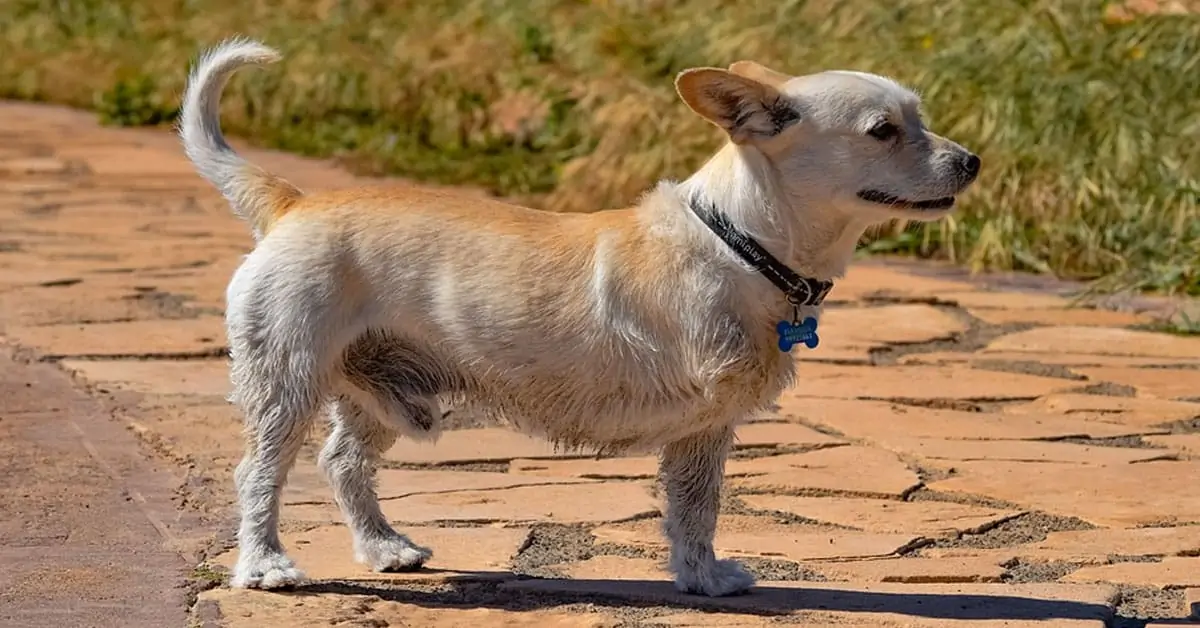Flying with an animal can be extra stress no one is expecting. Because you don’t know how the animal will react, you are in a constant fear that you will not be able to calm the dog down and that you will not be able to handle the situation.
Flying with a disabled dog can even be harder, but the key is good preparation. Make sure to check whether the dog can travel with you in the cabin, or has to go in the cargo hold. Bring his medication, favorite snacks, and toys. As a bonus tip – bring a pillowcase that smells like home, because that is what will calm the dog down.
To learn in-depth how you can make flying with a dog an experience without any stress, keep on reading because in this article we share some advice that can be very useful.
Can Paralyzed Dogs Fly?

Flying with an animal brings another set of worries and responsibilities for the owner. Even when the animal is completely healthy, flying can be stressful for the animal and for the owner as well.
The dogs that aren’t used to being separated from the owner can have a hard time adjusting to the new environment (such as an aircraft), especially if they haven’t experienced flying before.
Aircraft can be a very harsh environment for humans, and the animals can also have a very hard time adjusting to a pressurized cabin, a lot of noise, so many people at one place, movement restriction, etc.
Depending on the airline’s policy the dog may or may not be allowed to travel with you in the cabin. If animals are allowed in the cabin, there will most probably be a size restriction, meaning that only small to medium dogs will be able to board the plane with you.
This of course doesn’t mean that your dog cannot fly if it is a big one – it only means that the dog will have to travel in the cargo compartment, in an area that is specially equipped for animal transport.
That part of the cargo hold will also be pressurized to imitate the conditions from the surface of the earth – just like the normal cabin does. You will not have access to your pet during the flight if the pet is flying in the cargo hold.
If the pet is flying with you in the cabin, the situation is a little bit better than the aforementioned one where the dog has to be separated and fly in the cargo hold. However, just because the dog is with you it doesn’t mean that there are no limitations.
Most of the airlines that allow the dog in the cabin also require the dog to stay in its transporter. This is usually not a problem when you are on a short-haul flight. However, some flights can take up to 15 and more hours, and limiting the dog’s movement for such a long time can be an issue.
Disabled and paralyzed dogs are not discriminated against, and they can normally and regularly fly just like any other perfectly healthy dog would. However, they do require more attention and care during the flight.
It can be especially tricky when the dog is disabled and has to fly in the cargo compartment, away from you as his or her companion. Make sure to check with the airline whether they are able to make exceptions when you are flying with a disabled dog. Most of them will probably say no if they have strict no animals in the cabin policy, but you might get lucky with some of them if you explain the situation thoroughly.
How to Fly with Your Disabled Dog?

Flying with a disabled dog is no different than flying with a healthy dog. The airlines usually have an extra procedure you will have to go through check-in, where they check the dog’s passport and his fitness to fly in the cabin with the passengers (or the cargo hold when the first option is not available).
If you intend for the dog to accompany you in the cabin, the staff at the airport will check whether the dog is small enough to fit into the recommended transporter size that fits the cabin perfectly. Usually, the transporter will be fitted in front of you, under the seat (where you would stretch your legs usually).
After you’ve been cleared and granted access, you are free to board the plane. Bear in mind that in most cases you will not go straight to the gate, but you will spend some time in the duty-free area.
Although most of the airports nowadays are pet friendly, make sure to check whether the specific airport you are flying from is pet friendly. The dogs may be allowed in the aircraft, but they might be unwelcomed in the airport area.
This means that during your time at the airport you will have to keep the dog closed in the transporter. Otherwise, you may risk getting fined. That’s why it is better to check first, rather than be sorry later. Any fines can possibly prolong your stay at the airport and you can possibly miss the flight you have intended to have.
Once you board the plane, make sure to follow directions and instructions given by the airline’s cabin crew regarding the dog. Some airlines may not be that strict, and you might be allowed to hold the pet into your arms after the takeoff. However, some airlines are very strict on the animal not leaving the transporter during the whole duration of the flight.
The disabled pet will probably have more needs and require some extra attention from you. In the first place, you will need to make sure that the dog is feeling comfortable. After all, they will spend a considerable amount of time in that environment and position.
To make the dog feel more comfortable, make sure to bring his favorite toy that will calm him down. Usually, the dogs get upset during takeoff and landing, when the change of pressure happens. Dogs are not able to equalize the pressure as humans do, so it may cause them discomfort.
If the dog is on medication, make sure to keep them handy at all times, because you never know when you will have to use them. A good trick to calm the dog down is to bring something from your home that smells “safe”.
This means that you can bring his favorite pillowcase or a shirt that reminds him of home. This will calm the dog down and make it feel more like home.
Can an Airline Company Charge You Extra Because of a Disabled Pet?
Airlines usually charge you extra when you bring any sort of animal with you. This is a way of “buying a ticket” for your pet. Of course that animals cannot fly free of charge, and that there will be a fee you will have to pay.
Disabled dogs are not being charged extra – they will be charged the normal fee any other animal would be charged under any other normal circumstances. Beware that these fees can sometimes be an unexpected cost since they can be very high.

